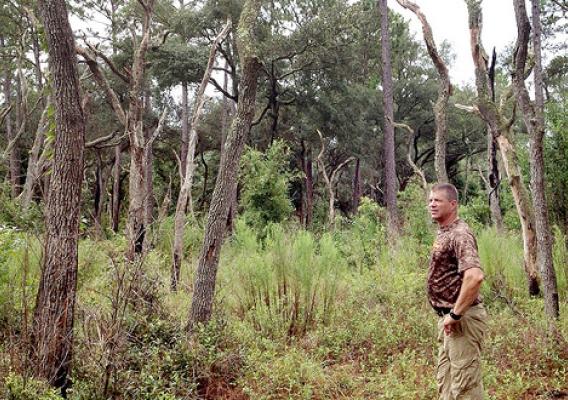Today, President Obama used his authority under the Antiquities Act to establish 346,177 acres of USDA National Forest land in the San Gabriel Mountains in southern California as a national monument, permanently protecting the popular outdoor recreation destination to increase access and outdoor opportunities for the area's residents. For more information on USDA and Forest Service involvement go to the website or read the White House Blog posted here.
Cross-posted from the White House Blog:
Today, President Obama will travel to Los Angeles County, California to designate the San Gabriel Mountains as America’s newest national monument, and a timeless piece of our national heritage. In many ways, this nation’s story is etched into its land, and as the President is recognizing today, each of our monuments provides us with an important cultural bridge between our past and our future.
In his time in office, President Obama has preserved more than 3 million acres of public land, and he’s not done yet. Natural treasures like the San Gabriel Mountains are not only remarkably beautiful, as they frame the Los Angeles Skyline, but with this new designation, they will bring even more tangible benefits to the 15 million people who live in their shadow. Tourism in the area will be strengthened, as will local businesses as hikers, bikers, outdoor adventurists, and nature lovers make their way to enjoy all 346,177 acres receiving the President’s new designation.









